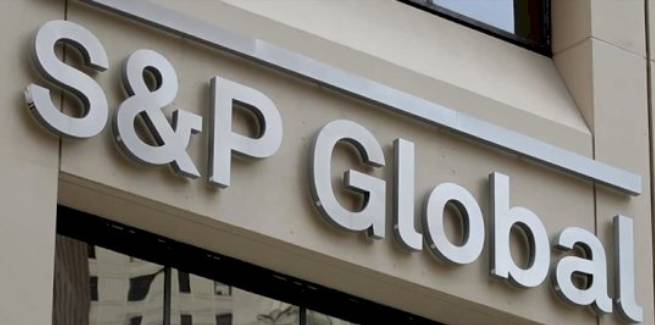According to a ‘Scenario and Sensitivity’ analysis from S&P Global Ratings, credit losses across Australia’s banks are set to “more than triple” in the 2020 calendar year in response to the economic fallout from the COVID-10 pandemic.
S&P’s base case is for credit losses across Australia’s banks to rise from 0.14 per cent in 2019 to 0.5 per cent in 2020.
The ratings agency said economic consequences form the coronavirus outbreak would be compounded by “second-order” effects from natural disasters in late 2019 and early 2020.
“A contracting economy in the short term, rising unemployment and depressed consumer and business sentiment in the wake of the coronavirus outbreak would drive an increase in credit losses for Australian banks,” S&P noted.
“The outbreak follows several major natural disasters in Australia, such as bushfires and storms, the combined effect of which will heighten the risks posed by the outbreak and the containment measures, with likely second-order effects on the economy and the banking system – for example, due to reduced income and underemployment.”
According to S&P, business loans would contribute to most of the increase in credit losses for Australian banks, with the tourism, transportation and retail services sectors likely to be most affected by the current environment.
However, the ratings agency stated that it also expects defaults from households to rise due to income loss.
The federal government and the Reserve Bank of Australia (RBA) have concentrated most of their efforts to stimulate the economy on the business sector, providing low-cost credit and cash flow support to affected businesses.
Banks have also rolled out loan relief packages for both businesses and mortgage customers, which include options to freeze repayments for up to six months.
Despite forecasting a material increase in credit losses over the medium term, S&P said it expects defaults to the banks to “remain broadly in line” with its expected long-term average, with the ratings agency forecasting a “strong rebound” in the Australian economy at the back end of 2020.
Banks to withstand medium-term shock
S&P’s base case also predicts an 8-10 bps decline in the banks’ net interest margins, a 3 per cent decrease to net interest income, a 10 per cent decrease in other operating income, and a 2 per cent rise in operating expenses.
However, S&P said it expects the banks to withstand cost pressures associated with the spike in credit losses.
“We anticipate sufficient headroom will remain in Australian bank earnings to absorb the credit losses without posing a significant risk to their creditworthiness,” S&P added.
“That is notwithstanding earning headwinds from low and declining interest rates and the customer remediation costs in relation to governance lapses in recent years.”
However, S&P concluded by acknowledging that a “longer lasting and more severe COVID-19 crisis” could result in “significant problems for the Australian banking system”.
S&P’s analysis comes less than a week after its peer Moody’s Investors Service downgraded its outlook for the Australian banking sector from “stable” to “negative”.
Growing credit quality concerns have prompted several lenders, particularly non-banks, to adjust their risk appetites, imposing restrictions on borrowers employed in high-risk industries.
Mortgage insurer QBE Australia has also imposed an “embargo” on the provision of lender’s mortgage industries to such borrowers.
[Related: Banking outlook turns negative amid COVID-19 crisis]
 ;
;
